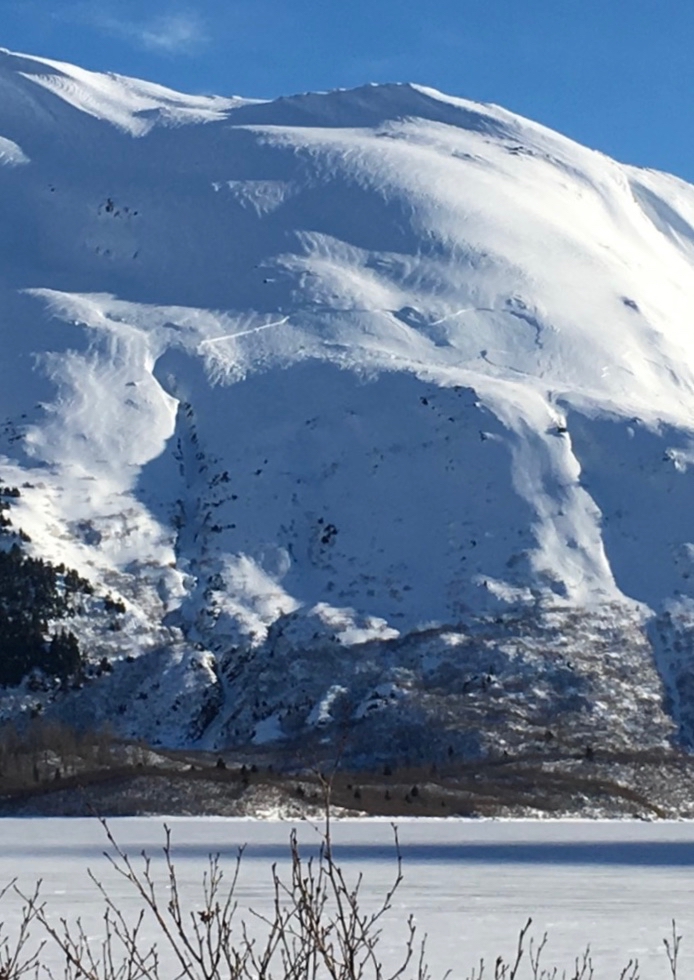Turnagain Pass
|
|
The avalanche danger is MODERATE above 1,000′ on all aspects. Human triggered avalanches remain possible. Watch for shallow wind slabs on wind loaded slopes and cross-loaded gullies. Additionally, weak layers deeper in the snowpack may still be triggered, creating a larger avalanche. Evaluate snow and terrain carefully.
The danger is LOW below 1,000′ where triggering an avalanche is unlikely.
Saturday, Feb 17th, from 11am-1230pm – Free Avalanche Beacon Practice with CNFAIC! We will be hosting a short workshop on how to effectively perform a companion rescue. Open to all users and all levels; swing by on your way to the hills if you are just getting into avalanche safety or simply need a refresher! Alaska Mining and Diving Supply will be providing free lunch and the event is also a chance to pay tribute and remember a couple of local shredders lost to the mountains too young, Christoph von Alvensleben and Jeremy Stark. 10 years today #rideinpeace Feb. 15th 2008



